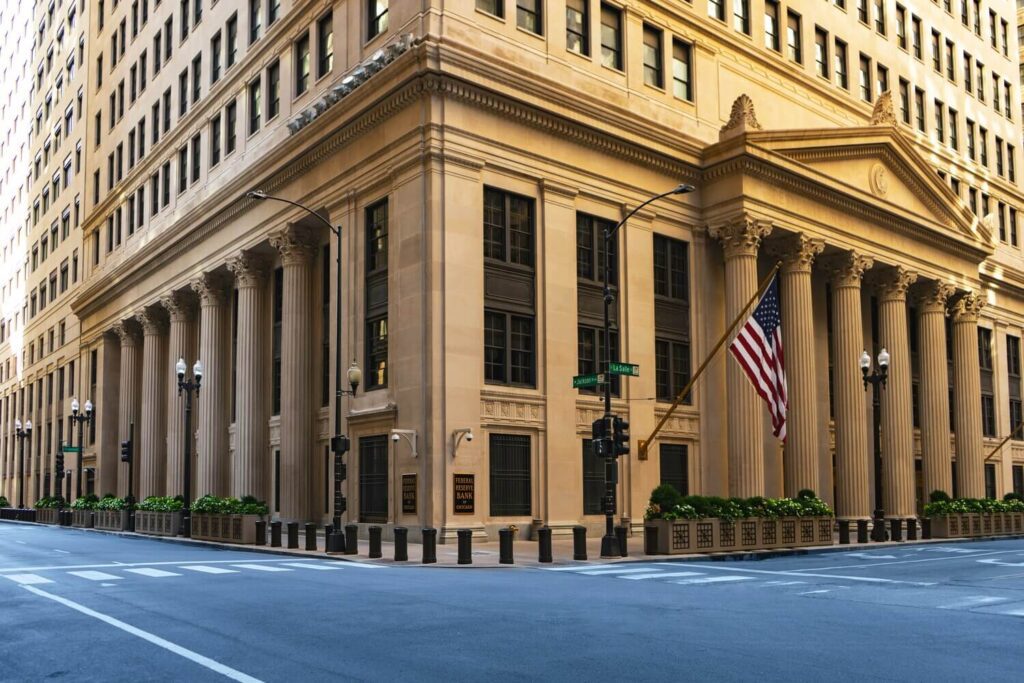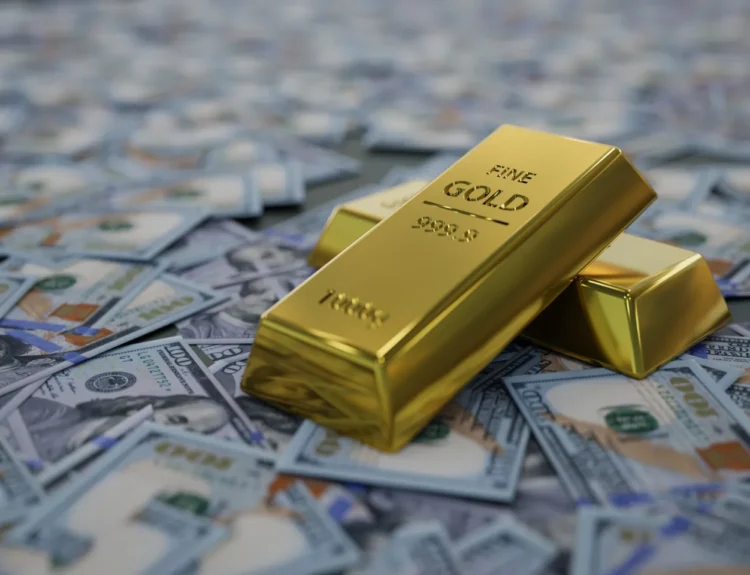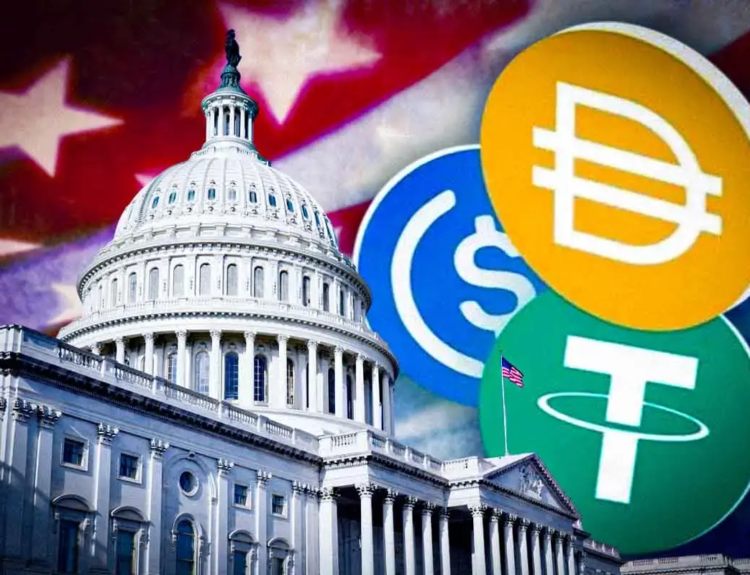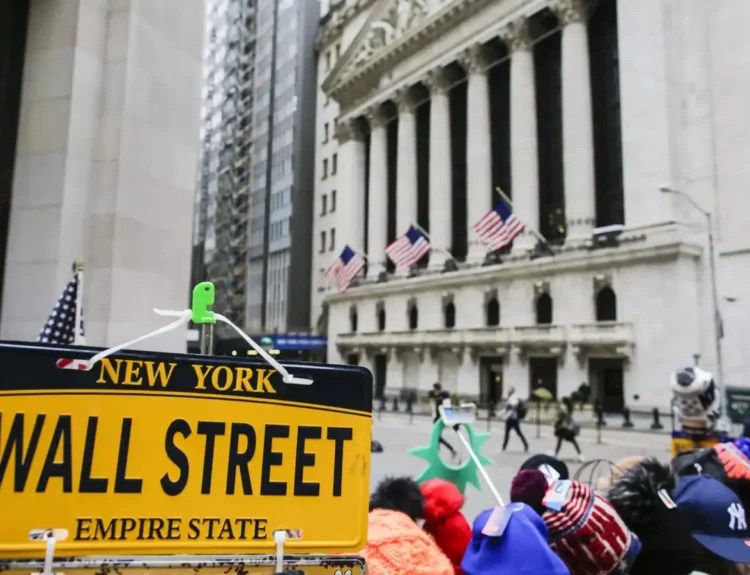The Federal Reserve System is an important constitutive element of the US economic structure, impacting everything from interest rates to bank lending practices. It operates with a unique blend of public and private influence.
Can you remember the time when the Fed lowered interest rates significantly? This made it a great opportunity for many people to refinance mortgages and other loans, saving a considerable amount of money. But exactly who owns the Federal Reserve and can influence our finances in such a way?
Who Owns the Federal Reserve Banks?
One might think ownership lies with private individuals or corporations due to the Fed’s name. However, this is a misconception.
The Federal Reserve is not owned in the traditional sense. There are, however, key players involved in its structure:
- The Board of Governors: The presidential appointment to the board acts as the federal body that conducts monetary policy and controls the Federal Reserve system. It is an independent executive board agency, that is responsible to Congress.
- The Federal Reserve Banks: At present, there are twelve regional Federal Reserve Banks that are distributed across the country. The banks are created in the corporate form and are thus not governmental with their boards of directors.
- The Federal Open Market Committee (FOMC): By comprising some members of the Board of Governors plus some Federal Reserve bank presidents, the committee operates monetary policy through open market operations that target the money supply and maintain interest rates.
- Member banks: In each region, the member banks own shares of the regional Federal Reserve Bank. However, it is important to note that this stock ownership is different from buying shares in a commercial corporation.


Key Differences in Ownership of the Federal Reserve
Now when we have a clearer vision of who owns the Federal Reserve, there are some key differences between these objects. These differences in ownership are:
- No Profit Motive: These Reserve Banks are not driven by profit. Their primary function is to implement monetary policy set by the Board of Governors and promote the stability of the financial system. Any profits earned are typically paid out as dividends to member banks, but the amount is minimal and doesn’t fluctuate based on the bank’s performance.
- Membership Requirement: Owning stock in a Federal Reserve Bank is not an investment opportunity. All national banks are required to be members of the Federal Reserve System. Membership comes with a mandatory stock purchase based on the bank’s size. State-chartered banks can also choose to become members and purchase stock.
- Limited Voting Rights: Unlike shareholders in a corporation, member banks have minimal voting rights on policy decisions. Each F R Bank board of directors has seven members.
Benefits and Criticisms of the Federal Reserve’s Structure
For more than 100 years, the unique design of the Federal Reserve System has shaped its influence on the American economy. Its structure offers a balance of independence and representation but also raises questions about transparency and accountability.


Benefits of the Federal Reserve’s Structure
The structure has many benefits, but since we cannot cover all of them here, we will present to you the 3 most valuable ones:
- Independence: The Board of Governors, a government agency, sets monetary policy based on long-term economic goals, rather than being swayed by short-term political agendas.
- Representation: Member bank ownership provides some level of representation for the banking industry. The Fed can stay informed about the concerns and perspectives of financial institutions through this indirect channel.
- Expertise: The Federal Reserve Banks can provide valuable data and analysis to the Board of Governors when making policy decisions. Regional expertise complements the national perspective of the Board, leading to more well-rounded economic policies.
Criticisms of the Federal Reserve’s Structure
Despite its advantages, the Fed’s structure also faces some criticisms:
- Lack of Transparency: Critics argue that the Fed’s decision-making process lacks transparency, particularly regarding the influence of member banks.
- Accountability Concerns: Since the Fed isn’t directly accountable to the public through elections, some question how responsive it is to the needs of the broader economy. This lack of direct democratic control over an institution with such significant power can raise concerns about who owns the Federal Reserve and to whom it is ultimately accountable.
- Potential for Conflicts of Interest: The involvement of private banks raises concerns about potential conflicts of interest. Some argue that member bank ownership could influence the Fed’s policies in ways that benefit banks at the expense of the public good.


The Federal Reserve’s Role in Maintaining a Healthy Economy
The Federal Reserve wields a powerful toolkit to maintain a healthy U.S. economy. It has the power to set interest rates, manage the money supply, and regulate financial markets. By raising or lowering interest rates, the Fed can influence borrowing costs throughout the economy.
Lower rates can also make it more attractive for businesses to take out loans to expand and hire new employees. Conversely, if the economy is overheating and inflation becomes a concern, the Fed can raise interest rates.
The Fed can influence the amount of money circulating in the economy through open market operations. When the money supply increases, it can lead to lower interest rates and increased economic activity. Conversely, reducing the money supply can help curb inflation.
Beyond influencing borrowing costs and money supply, the Federal Reserve also plays a vital role in regulating financial markets. Enforcing consumer protection laws within the financial sector safeguards individuals from predatory lending practices and ensures fair treatment in financial transactions.
The Fed’s actions strive to promote economic growth while controlling inflation, maintain financial stability while allowing for innovation, and protect consumers without stifling competition.
If you have enjoyed learning about who owns the Federal Reserve, make sure to check out our business page where we cover all the business-related news.










